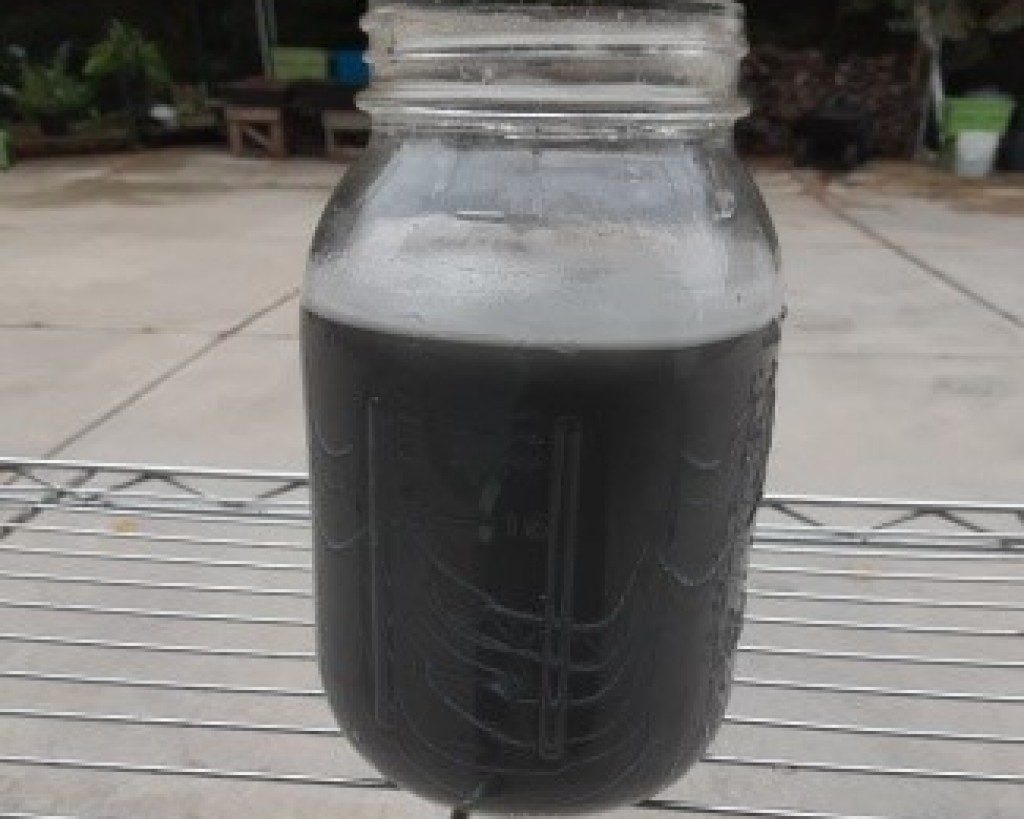
Soil drench concentrate

Soil drench liquid suspension, ready to use

2 gallon watering can
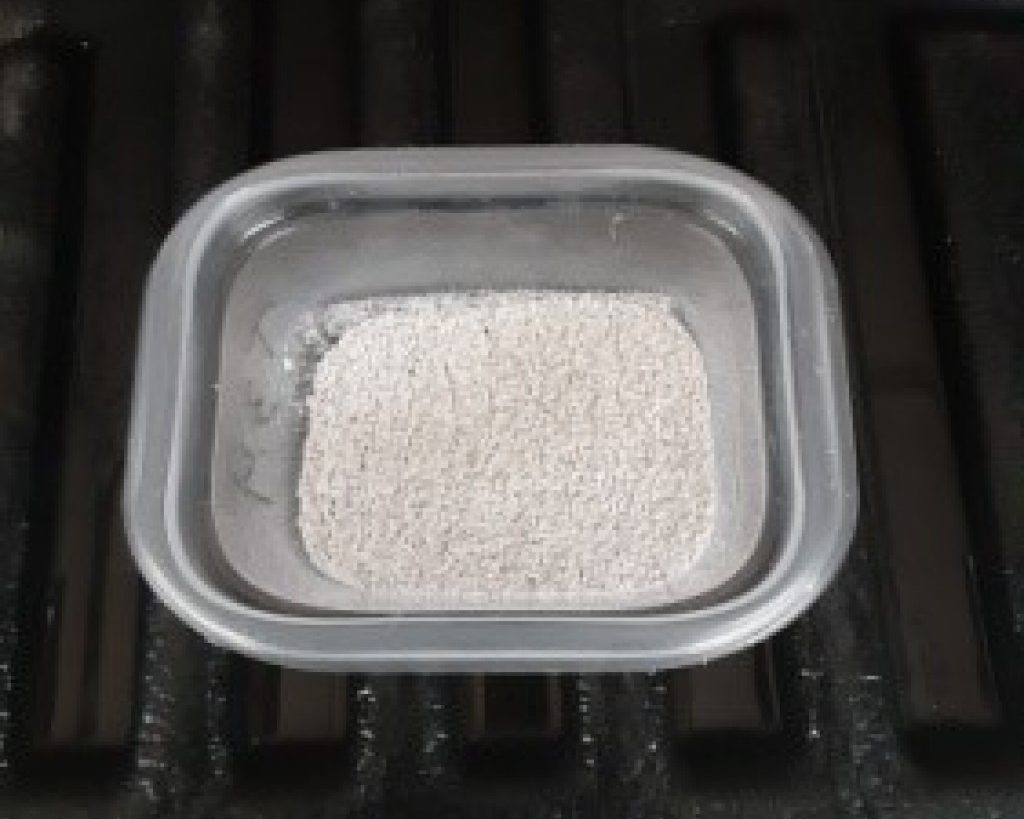
Screened wood ash
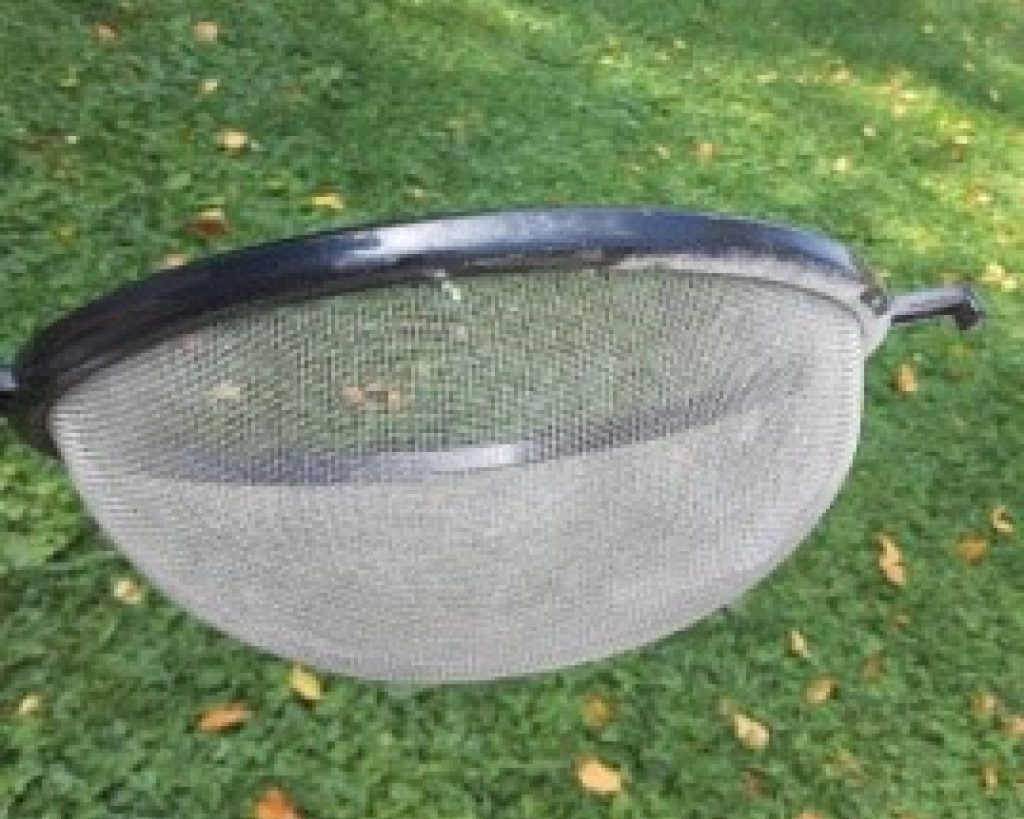
Wood ash screen
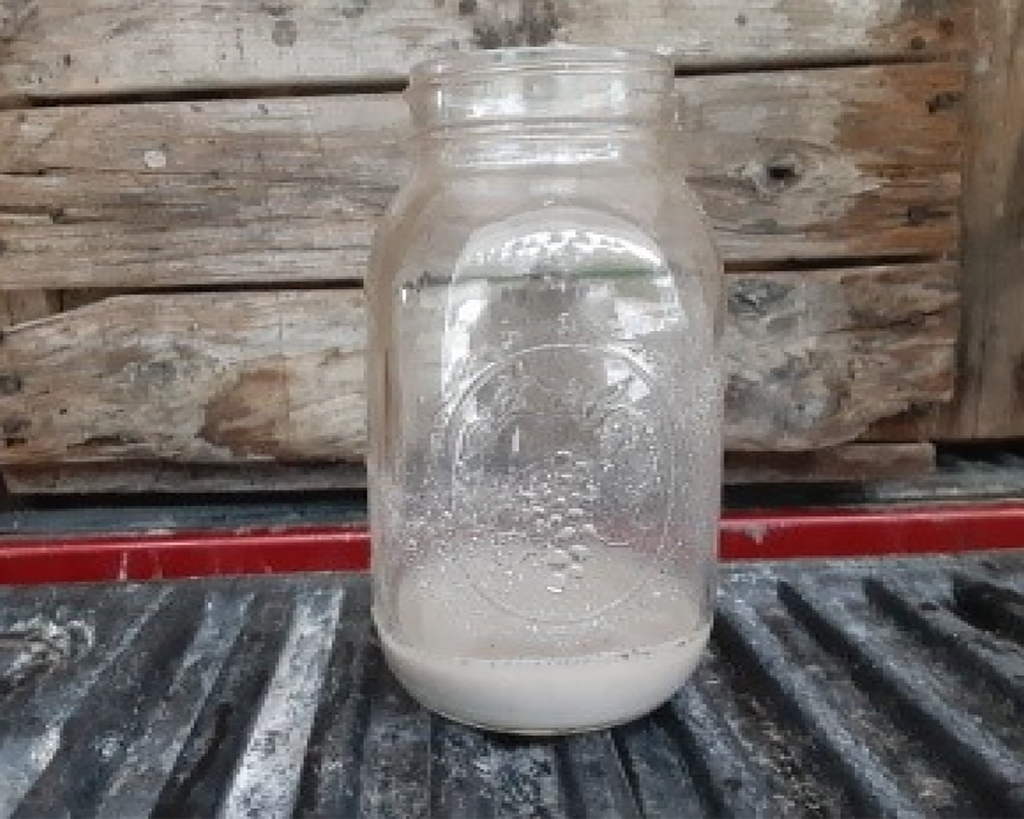
Wood ash/biochar suspension
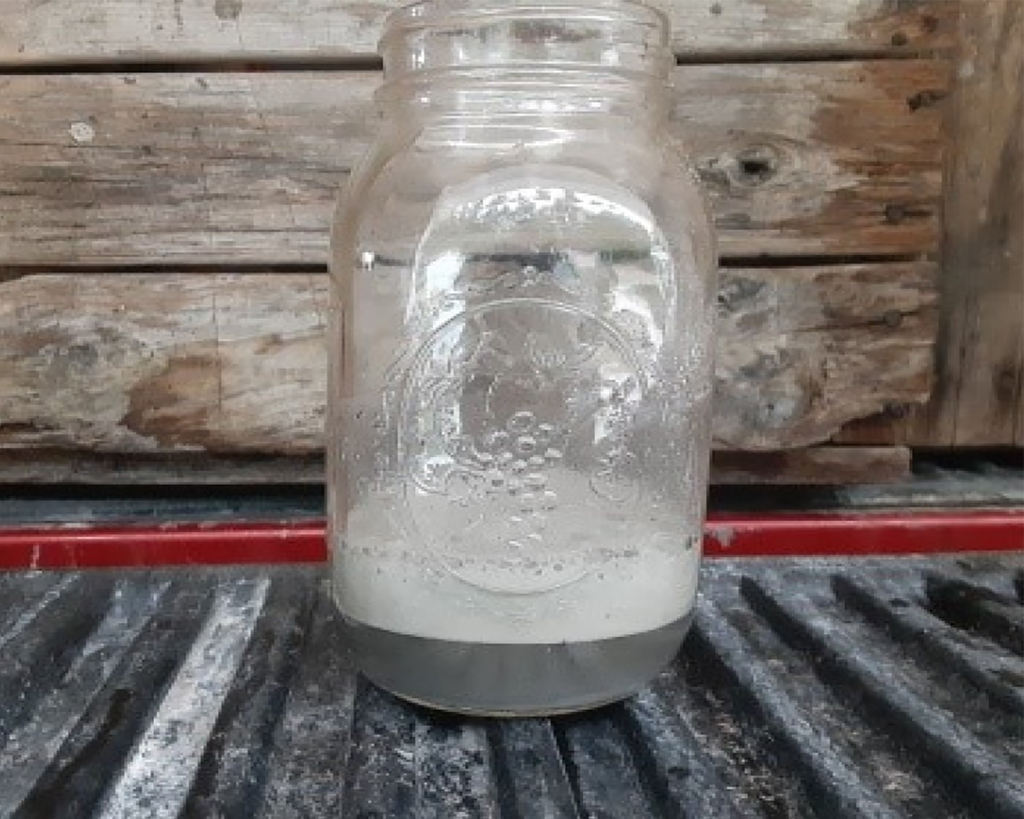
Foam reaction from wood/ash vinegar mixing
Walnut Shell Vinegar Soil Drench
- Add 8 grams of hardwood ash into a glass quart jar.
- Add 3 ounces/90mL of water to jar. Mix well.
- Add 3 ounces/90mL of Walnut Shell Vinegar to jar. Mix well.
- Wait at least 10 minutes before proceeding.
- Add 1 gallon of water to watering can.
- Add 1 teaspoon of diatomaceous earth (DE) to jar. Mix well.
- Fill glass jar ¾ with water. Mix well
- Add contents of jar to watering can. Rinse the jar out with water from the watering can at least once. Add rinse it back to watering can.
- Add water to watering can so that it is full. Soil Drench liquid ready to apply
Batch Size: 2-gallon watering can
Directions for use:
For individual plants, like peppers, cucumbers and tomatoes, add 1 cup of the ready to use liquid suspension around the stem of the plant every 2 weeks during the growing season, starting 1 week after transplant planting.
For row plants, like carrots, onions and garlic, broadcast 2 gallons over a 32 sf area (1ft. X 32ft.) every 2 weeks after the seedlings are showing themselves.
NOTE: The target pH of the ready to use liquid suspension is between 6-8. The walnut shell vinegar we are using has a higher acetic acid % than wood vinegar thus we need to use less volume to buffer the pH.
Hardwood Ash Nerd Stuff…
Hardwood ash provides a broad range of biogenic minerals in beneficial ratios and concentrations. The minerals are biogenic because they originally came from something living.
The hardwood ash we are using contains both wood ash particles and wood char particles.
Based on our literature research, each gram of hardwood ash provides approximately:
| Ingredient | Amount |
|---|---|
| Phosphorus | 36 mg |
| Potassium | 137 mg |
| Calcium | 216 mg |
| Magnesium | 47 mg |
In the soil drench recipe, we are using 8 grams of hardwood ash. The concentration of these mineral elements is:
| Ingredient | Amount |
|---|---|
| Phosphorus | 288 mg |
| Potassium | 1096 mg |
| Calcium | 1728 mg |
| Magnesium | 376 mg |
Based on our literature research, each gram of hardwood ash provides approximately:
| Ingredient | Amount |
|---|---|
| Phosphorus | 38 mg/L |
| Potassium | 145 mg/L |
| Calcium | 228 mg/L |
| Magnesium | 50 mg/L |
Diatomaceous Nerd Stuff…
Diatomaceous Earth (DE) originates from a type of green algae called diatoms. These diatoms contain silica dioxide. Thus DE serves as a source of biogenic silica, which is silica derived from something that was once living.
We have 2 reasons for using DE in the soil drench recipe. First, adding DE to the soil helps soil retain moisture. Second, the DE serves as a source of silica.
Though not recognized as an essential plant nutrient, silica added to the root zone, via the soil drench, can contribute to improved overall plant health thru a range of different mechanisms.
Final Comments…
Repeated use of the soil drench is in synch with the idea of “less used more often is better than a lot used less often.” Our goal with repeated use of the soil drench every two weeks is to spoon feed the plant a dilute natural mineral supplement.
What are the benefits of coating the wood ash particles and wood char particles with the organic components in the Vinegars? Our sense is that having the particles coated can help keep the ‘organics’ in the root zone longer.
It is our expectation that growers will use these recipes to grow great tasting and nutritious vegetables but, after a while, may ask the question.
This is a good recipe but what happens if we add this?
We look forward to hearing from folks regarding their use and modification of this soil drench recipe.
Happy Experimenting !
Mike, farmer, scientist, worm guy~~~~


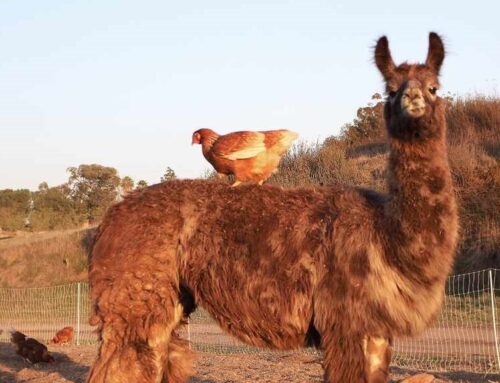
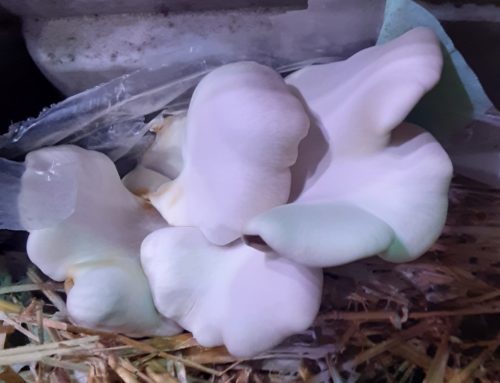
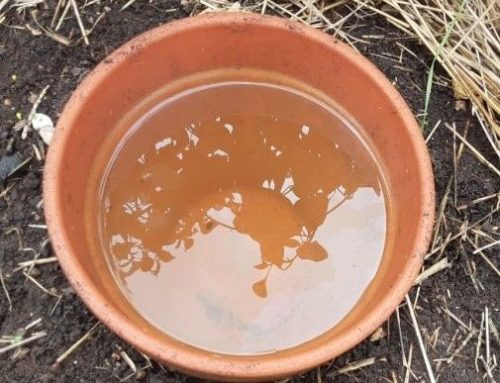
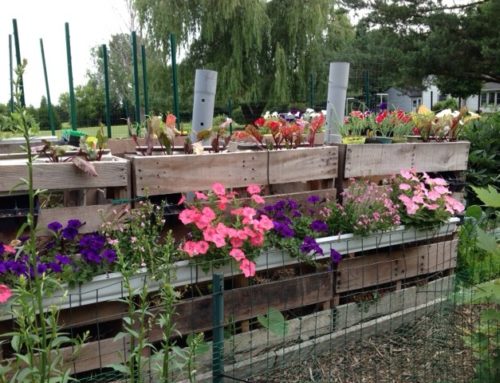
Leave A Comment